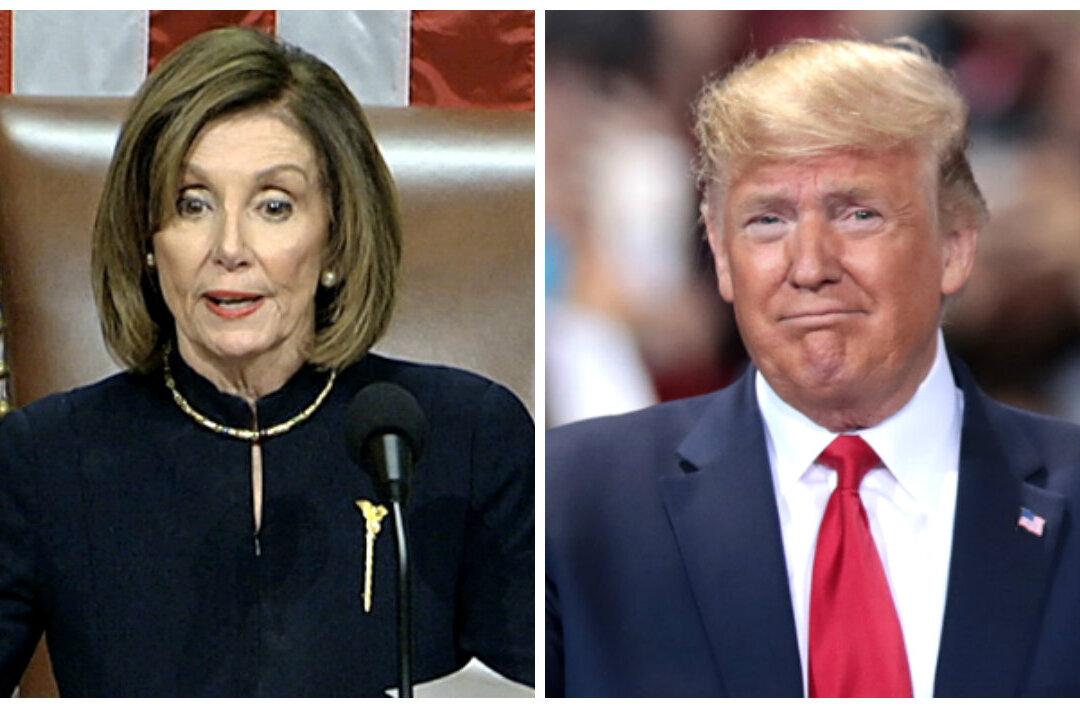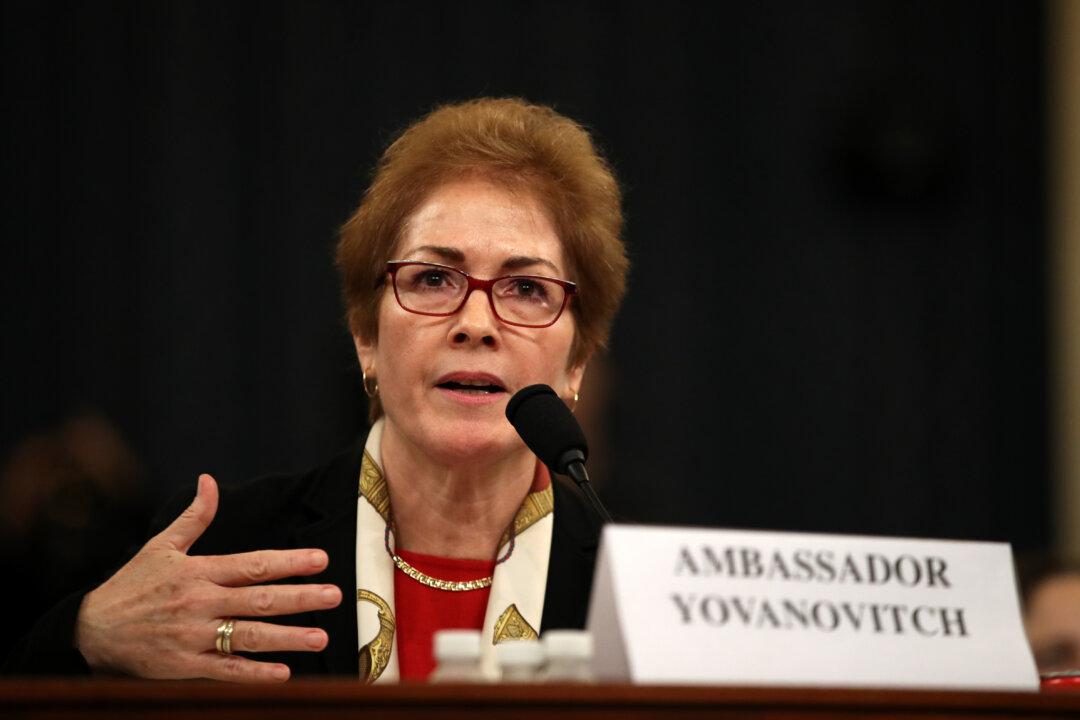The Department of Health and Human Services (HHS) announced that $293 million has been allocated to two national programs that seek to increase the number of medical professionals in medically underserved communities.
The funds will go to the National Health Service Corps (NHSC) and the Nurse Corps for their scholarship and loan-repayment programs, a faculty loan program, and a native Hawaiian health-scholarship program.





